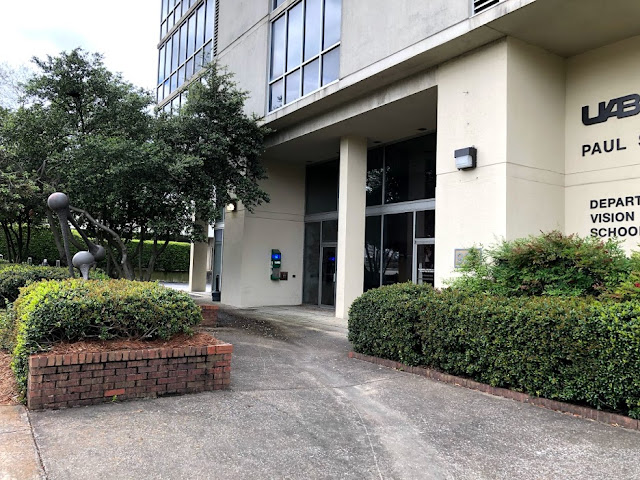Bellingrath Gardens and Home near Theodore in Mobile County is one of Alabama's major tourist attractions. The "Only in Your State" web site lists Bellingrath as #5 on its list of "10 Places in Alabama You Must See Before You Die." The 65 acres of developed gardens and the home of Walter and Bessie Bellingrath were opened to the public on April 7, 1932. Walter was an early Coca-Cola distributor in the South, and his wealth enabled the couple to build their home and create the gardens on the property.
Walter bought some 900 acres along the Fowl River in 1917 as a site for his fishing camp. Bessie began developing the gardens with an architect in 1927, and the large home was completed in 1935. The architect of both projects was George Bigelow Rogers who also designed numerous churches, public buildings and private residences in Mobile before his death in 1945. The Bellingrath home opened as a museum in 1956, the year after Walter's death. Bessie had died in 1943.
More about Bellingrath can be found here and here. Many historic photographs and postcards related to the Bellingraths and their home and gardens can be found here.
Tens of thousands of visitors tour Bellingrath each year. In March Dianne and i became two of those on a beautiful Friday morning. No signs remain of the devastation caused by Hurricane Frederick in September 1979. Photos and some comments are below. We did not tour the home; perhaps next time!
We missed the peak of the azaleas but a few pretty ones were left.
Dianne loves her orchids and was happy to see so many at Bellingrath.
There are a number of great views along the paths, and various events are held in the Gardens throughout the year.
Ah, the gorgeous delphine!
Water is a big part of the Gardens.
The hydrangeas were looking good.
The Gardens & Home are along the Fowl River.
A nice grove of bamboo grows along the path around the small lake seen below.
A very interesting section is the bayou preserve which has a long boardwalk around much of it and numerous interpretive signs.
Dianne found a kitty cat!
Entrance to the Asian-American Garden
Edward Marshall Boehm was an American sculptor in porcelain who died in 1969. His works are in more than 130 permanent collections around the world, including the White House, the Vatican, Buckingham Palace and the Hermitage in Moscow. One of those locations is Bellingrath Gardens. Boehm specialized in birds and other wildlife. A few of his creations are seen below; many more are located at the Delchamps Gallery.
Walter and Bessie Bellingrath on July 18, 1938
The plaque between them was donated by the citizens of Mobile in recognition of their work. The photo is signed by the couple.




















































